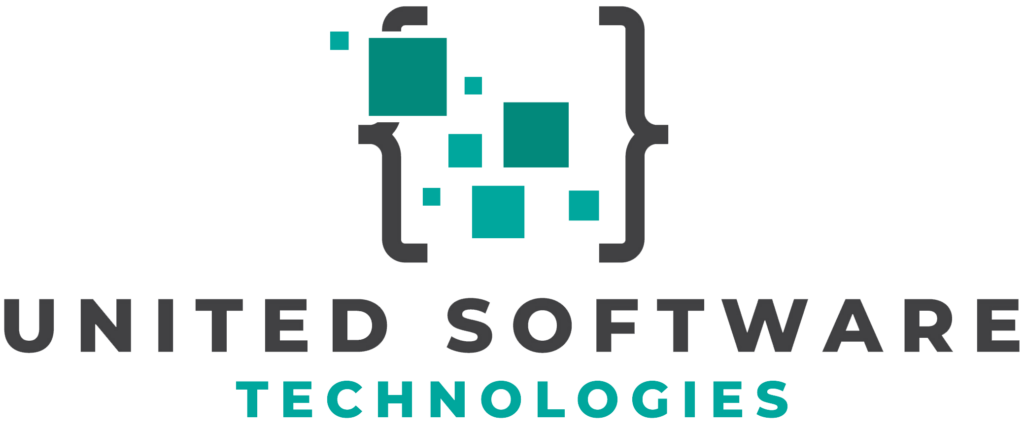How to Use Blogging for SEO: A Comprehensive Guide for SEO Bloggers
Introduction to Blogging for SEO
In today’s digital world, search engine optimization (SEO) is crucial for businesses and individuals looking to increase their online visibility. One of the most effective ways to improve your website’s SEO is through blogging. In this comprehensive guide, we will explore how you can use blogging for SEO purposes and become a successful SEO blogger.
Understanding the Importance of SEO in Blogging
Before diving into the strategies on how to use blogging for SEO, it’s essential to understand why it matters. Search engines like Google use complex algorithms to rank websites based on various factors such as relevance, quality, and user experience. By optimizing your blog content with these factors in mind, you can significantly improve your chances of ranking higher in search results.
Blogging regularly not only helps keep your website fresh and up-to-date but also provides an opportunity to target new keywords and topics relevant to your niche. This increases the likelihood that users searching for information related to your industry will find your site.
Now that we’ve established the importance of blogging for SEO let’s dive into some practical tips on how you can optimize your blog content effectively.
1. Keyword Research: The Foundation of Your SEO Strategy
The first step in creating an effective SEO strategy is conducting thorough keyword research. This involves identifying popular search terms related to your niche or industry that have high search volume but low competition.
There are several tools available online that can help you with keyword research, such as Ahrefs Keywords Explorer, Google Keyword Planner, or Moz Keyword Explorer. These tools provide valuable insights into the keywords your target audience is searching for, allowing you to create content that caters to their needs.
2. Crafting High-Quality, Engaging Content
Once you’ve identified the right keywords to target, it’s time to start creating high-quality, engaging content. This is crucial because search engines prioritize websites that offer valuable information and a positive user experience.
To ensure your blog posts are both informative and enjoyable to read, consider the following tips:
– Write in a conversational tone: This makes your content more relatable and easier for readers to understand.
– Break up long paragraphs: Use shorter paragraphs, bullet points, or numbered lists to make your content more digestible.
– Include visuals: Images, videos, infographics, and other visual elements can help break up large blocks of text and keep readers engaged.
– Edit thoroughly: Ensure your content is free from grammatical errors and typos as these can negatively impact your credibility.
Remember that quality trumps quantity when it comes to blogging for SEO. It’s better to publish fewer well-researched and well-written articles than numerous low-quality ones.
3. On-Page Optimization Techniques
On-page optimization refers to the various techniques used within your blog post itself to improve its visibility on search engines. Some essential on-page optimization practices include:
– Title tags: Your title tag should be an accurate representation of what your blog post is about while incorporating your primary keyword.
– Meta descriptions: A compelling meta description should summarize the contents of your blog post while including relevant keywords. This helps encourage users to click through from search results.
– URL structure: Keep URLs short and descriptive by using hyphens between words instead of underscores or spaces. Incorporate your primary keyword in the URL for added SEO benefits.
– Header tags: Use header tags (H1, H2, H3) to break up your content into sections and make it more readable. Ensure that your primary keyword is included in at least one of these headers.
– Image optimization: Optimize images by compressing them to reduce file size and including descriptive alt text with relevant keywords.
4. Internal and External Linking
Link building is a crucial aspect of SEO, as search engines use links to determine the authority and relevance of a website. There are two types of links you should focus on when blogging for SEO: internal links and external links.
Internal linking refers to linking from one page on your website to another. This helps improve user experience by making it easier for users to navigate through your site while also distributing link equity across different pages.
When creating internal links, consider the following best practices:
– Use descriptive anchor text that accurately reflects the linked content.
– Link to relevant pages within your blog post where appropriate.
– Avoid overloading your content with too many internal links.
External linking, on the other hand, involves linking out to other websites or resources. By providing valuable external resources related to your topic, you can enhance the credibility of your content in the eyes of both readers and search engines.
When incorporating external links into your blog posts:
– Choose reputable sources that provide accurate information.
– Ensure that external links open in a new tab so users don’t leave your site entirely.
– Regularly check for broken or outdated external links and update them accordingly.
5. Promoting Your Blog Content
Creating high-quality, optimized blog posts is only half the battle when it comes to blogging for SEO success. You also need to promote your content to reach a wider audience and increase the likelihood of earning valuable backlinks.
Some effective ways to promote your SEO blog content include:
– Sharing on social media platforms like Facebook, Twitter, LinkedIn, and Pinterest.
– Sending out email newsletters to your subscribers.
– Collaborating with influencers or other bloggers in your niche for guest posting opportunities.
– Participating in relevant online forums or communities where you can share your expertise and link back to your blog.
Conclusion
Blogging for SEO is an ongoing process that requires consistent effort and attention. By following the tips outlined in this comprehensive guide, you’ll be well on your way to becoming a successful SEO blogger. Remember always to prioritize quality over quantity, stay up-to-date with the latest SEO best practices, and continuously monitor your progress using analytics tools like Google Analytics. With time and dedication, you’ll see significant improvements in your website’s search engine rankings and overall online visibility. Checkout our blog for new content every week.

